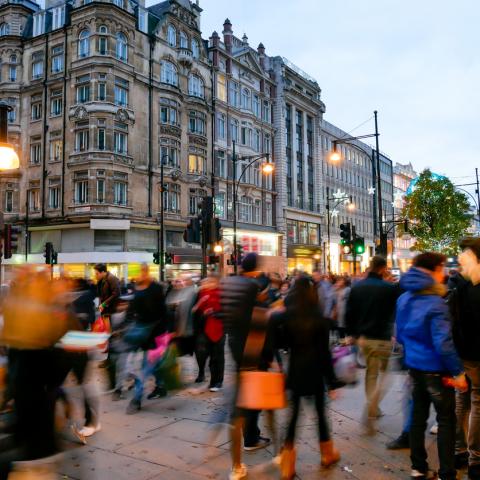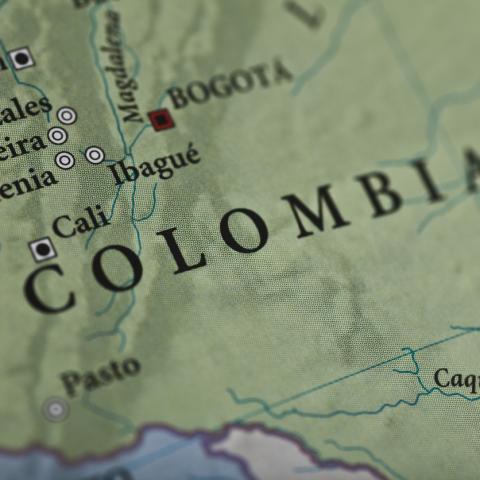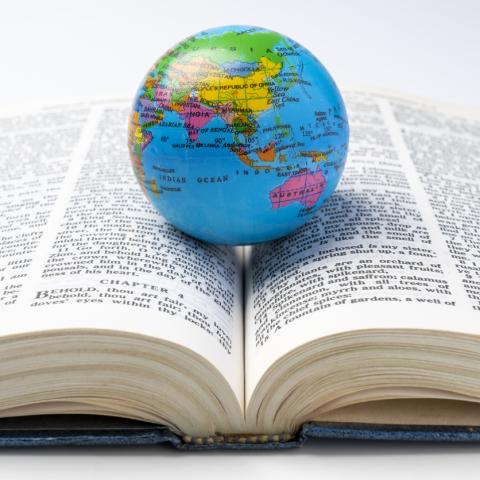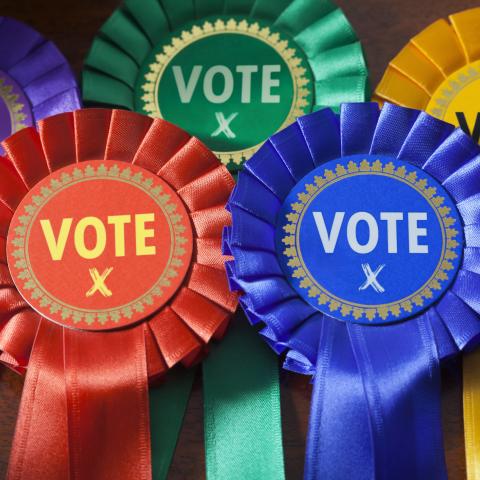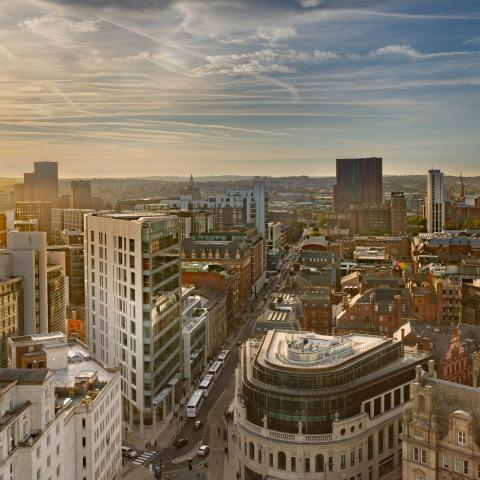Greater Manchester – not as red as it seems

Even at their lowest ebb in local government (see 2006-2010), Greater Manchester has remained a stronghold for Labour, and this is unlikely to change after May’s local elections. However, to treat the region (population: 2.8m) as homogenous, whether in terms of its demographics, geography, or sense of identity, is a fallacy.
The urban centre of Manchester, and the various towns that populate the city region’s ten metropolitan districts, contrast sharply with a more suburban and rural hinterland: stretching from the Pennine Moors in the north and east, to the sweeping Cheshire plains in the south. The politics vary too.
Greater Manchester surprised the pundits (and me) by electing no fewer than nine Conservative MPs in 2019. Its more nuanced political geography being reflected in subsequent local results. Though you could say a lot has happened since then: Covid, “Partygate”, oh… and Liz Truss. So, expect the overall pattern to be less favourable for the blue team this year, as voters give them a late-term kicking at the ballot box.
Despite Tory woes, I’d hazard against talking-up Labour’s prospects too much. The smaller parties (local independents, Liberal Democrats and Greens) are likely to continue nibbling away; reflecting a national Labour lead that is probably more down to the unpopularity of the Tories than the enthusiasm for Keir Starmer’s brand of socialism.
Elections to GM councils usually occur in thirds. However, this year is a bit more exciting – with six of the ten authorities holding ‘all-out’ elections following boundary changes. This has the potential to throw-up seismic shifts in the political make-up of the authorities, though it is unlikely we will see much change in terms of overall control of the town halls this time around.
While eight councils are (and will likely remain) solidly red, two are worth a watch. The first is Bolton, a ‘red-wall’ town which lies on the northern edge of the conurbation and has had a Conservative-led administration since 2019; holding power with the support of smaller parties. A resurgent Labour Party in the area could see a change here, with boundary changes potentially weakening the position of some of the local independent parties that support the current administration. Then again, in recent years Bolton has become the strongest Conservative area across GM, so I wouldn’t write them off here either.
The other council where a change could occur is Stockport. Historically Lib Dem, falling to Labour during the coalition years, the yellow team has seen a resurgence in more recent times; holding minority control since 2022. The boundary changes are a key factor, potentially creating more marginals, which could put full control out of reach for the Lib Dems or Labour. As for the Conservatives, they failed to win a single seat here when a third of the council was up in 2022, but they could sneak in the odd popular councillor on vote splits in their traditional strongholds – such is the fun of ‘all-out’ polls.
One could not talk about Greater Manchester without mentioning Trafford which, in a time not so long ago, was the Conservative’s flagship metropolitan authority in northern England. The Tory decline in Trafford plays out like great tragedy – haemorrhaging seats and votes at an alarming rate over the past 5 years. With strong Green and Lib Dem challenges in their traditionally safer areas, it is highly likely their representation will be down to single figures after May.
So, on the surface at least, it’s unlikely we’ll see much overall change in who is running our councils in Greater Manchester. But beneath the exterior there is the potential for larger and more complex opposition groups to emerge, meaning Greater Manchester will remain not as red as it seems.
All-out elections: Bolton, Oldham, Stockport, Tameside, Trafford, Wigan
Electing in thirds: Bury, Manchester, Rochdale, Salford






